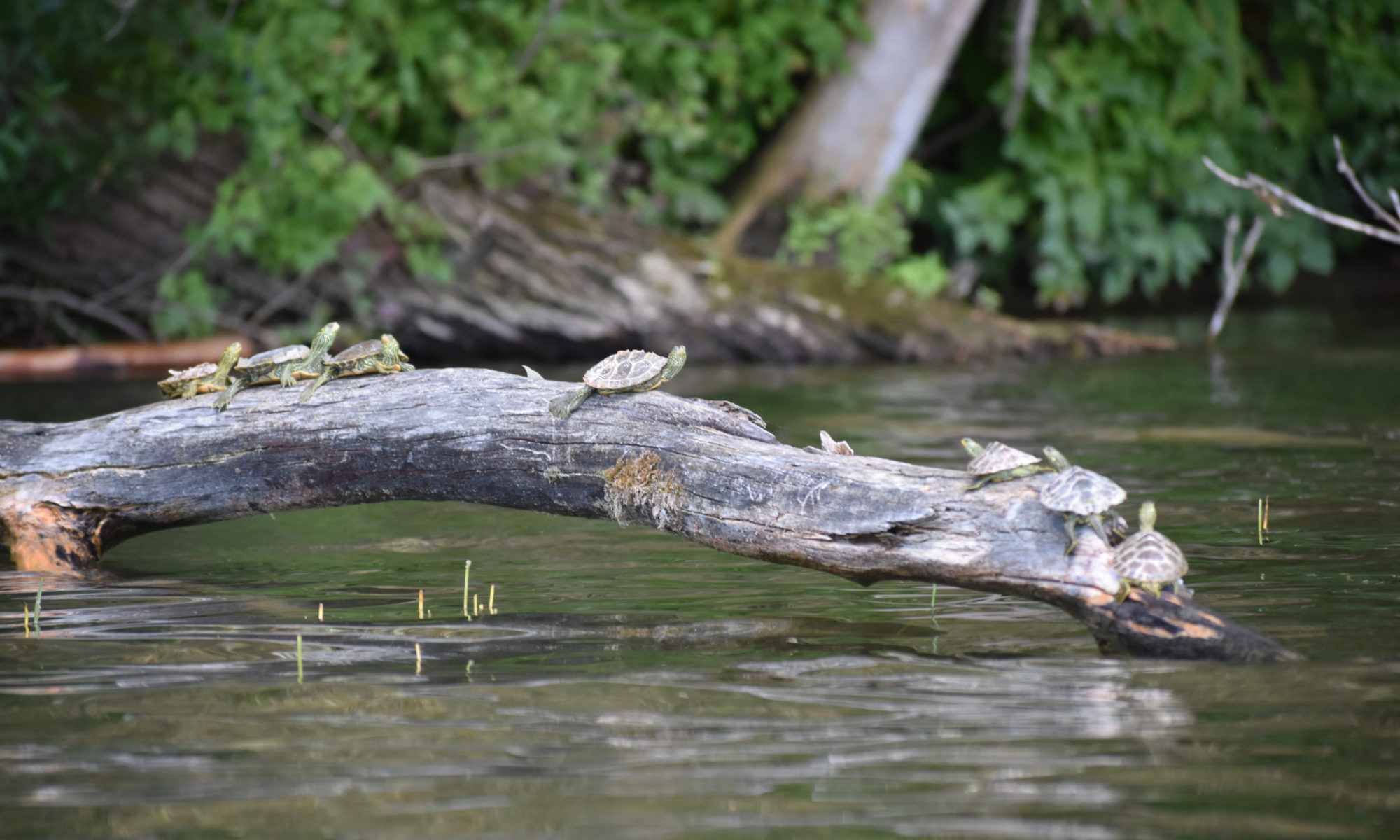
Harwood Lake…..350 Million Years in the Making!
Harwood Lake is one of nearly 165 lakes in Cass County Michigan. At approximately 122 acres it is not the largest, but it is one of the deepest lakes in the county. It is classified as a type C trout lake with a healthy population of rainbow trout. The shores of the lake are a great place to live, relax and enjoy. Harwood Lake, like the other lakes in Cass County, has its own unique ecosystem and populations of plants and animals. For us to continue to enjoy the lake and pass it down to future generations we need to understand all we can about the lake and the natural and man-made factors that keep it healthy so we can act as proper stewards.
Let’s go back in time a little and talk about when and how the lake was formed. During the Paleozoic era, between 250 and 350 million years ago, Cass County was covered by a series of warm, shallow seas which deposited large amounts of sediment that eventually became the bed rock that lies beneath the lakes of the county.
During the Ice Age there were four successive continental glaciers that scoured out lakes as they moved south across the southern Great Lakes region. As the glaciers retreated they left Cass county with 165 or so lakes which make up approximately 3.6% of the area of the county. The lakes are scattered throughout nearly all areas of the county and vary considerably in size, with approximately 60 approaching 40 acres or more in size and nearly 20 approach 200 acres or more in size.



Now let’s talk about Harwood Lake in a little more detail. Harwood Lake covers an area of approximately 122 acres. It is spring-fed and drains into Corey lake. It is a popular fishing lake with healthy populations of bluegills, sunfish, large- mouth bass and rainbow trout. Although there are scattered patches of shallow emergent vegetation especially at the west end of the lake, the large weed beds common throughout other lakes in the area are largely absent due in part to the steep drop-offs that encircle the lake. Large areas of the bottom of the lake are in excess of 40 feet with a maximum depth of 55 feet. Bottom substrates can vary from sand, marl, pulpy peat and clay or gravel.

In addition to abundant populations of bluegills, sunfish, largemouth bass and trout ,
there is a healthy population of the lake Cisco, a variety of whitefish. Although abundant, lake Cisco’s are rarely caught as they feed primarily on zooplankton, insects and small fish and crustaceans. Though seldom seen, the presence of the Cisco in Harwood Lake is significant as this species is currently on Michigan’s list of state threatened species. A more in depth discussion of the biology of the lake Cisco will be included an upcoming issue of HLA newsletter.

Harwood Lake and its connection to nearby wetlands is critically important to the overall health of the lake. Because of the important environmental role of wetlands, they are protected by the Michigan Environmental and Natural Resources Protection Act, Part 303. Wetlands are regulated by the state if they meet any of the established criteria including, but not limitedto, wetlands connected to one of the Great Lakes or located within 1,000 feet of one of the Great Lakes, wetlands located within 500 feet of an inland lake, pond, river or stream, and other wetlands of five acres or more in area. The law requires a permit be obtained from the state for depositing fill in a wetland, dredg- ing or removing soil from a wetland, constructing or operating a use in a wetland, or draining surface water from a wetland. The Michigan Department of Environmental Quality will not issue a permit unless it finds, in part, that there would be no unacceptableble disruption to aquatic resources, and that the proposed activity is wetland dependent or no feasible and prudent alternatives exist.

